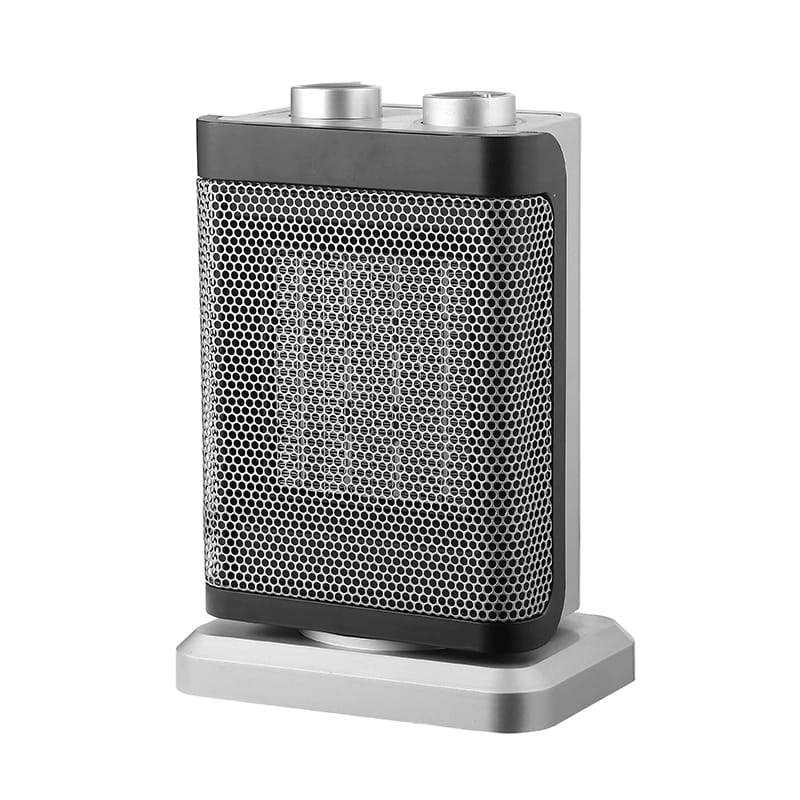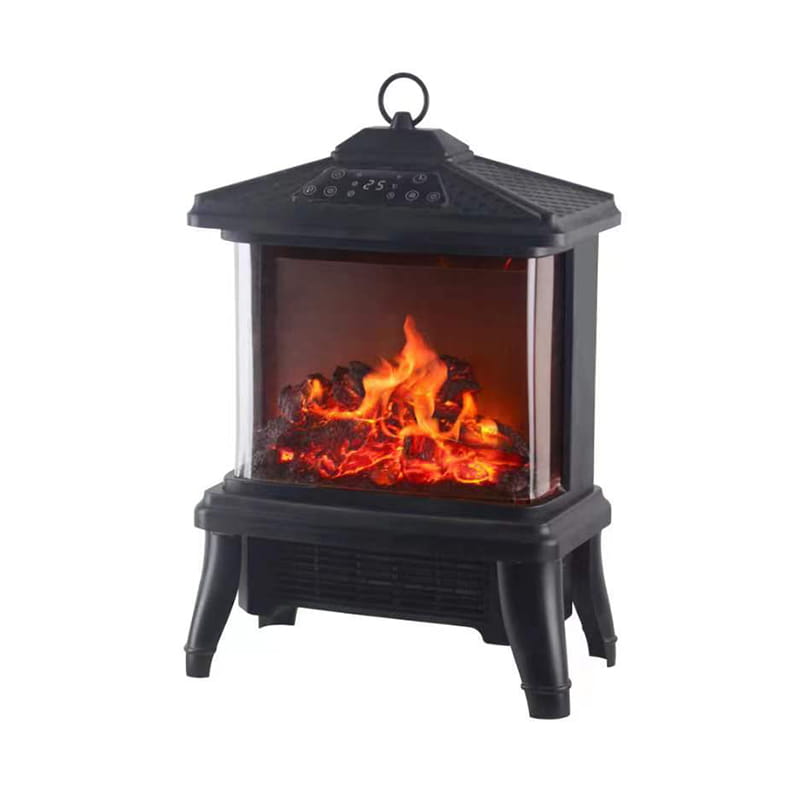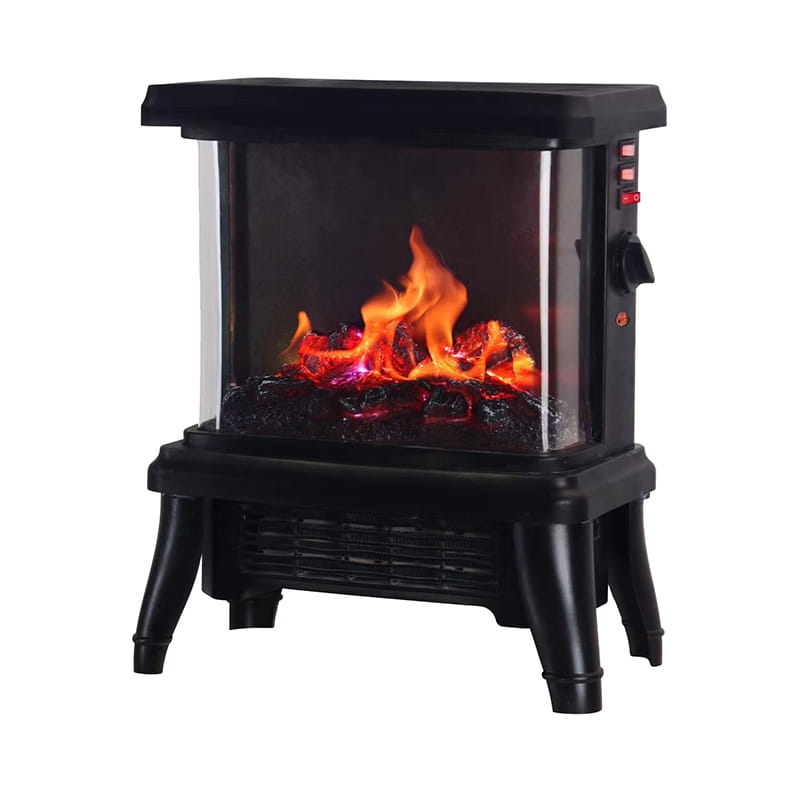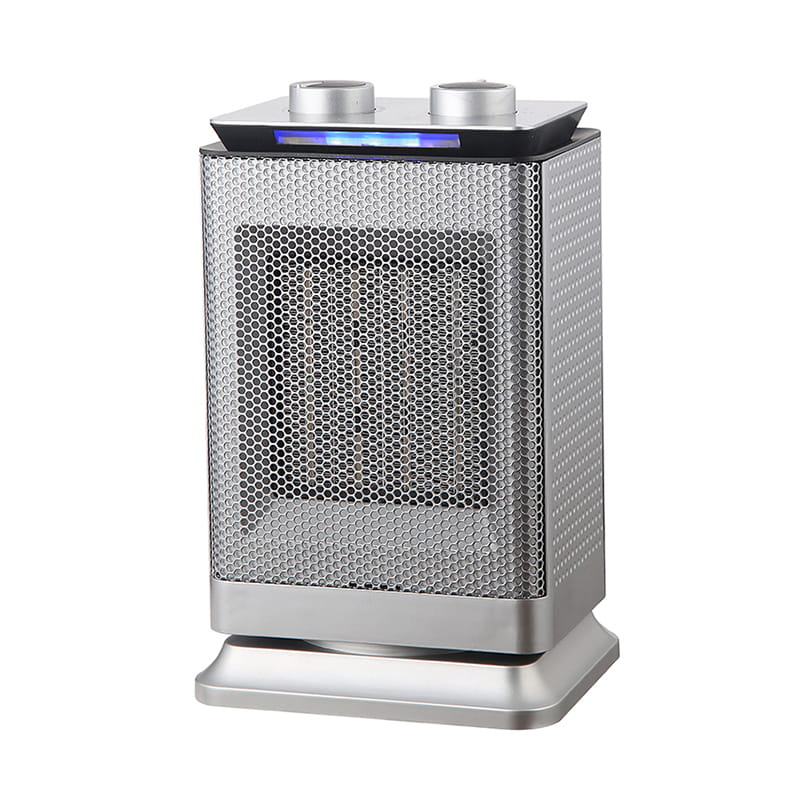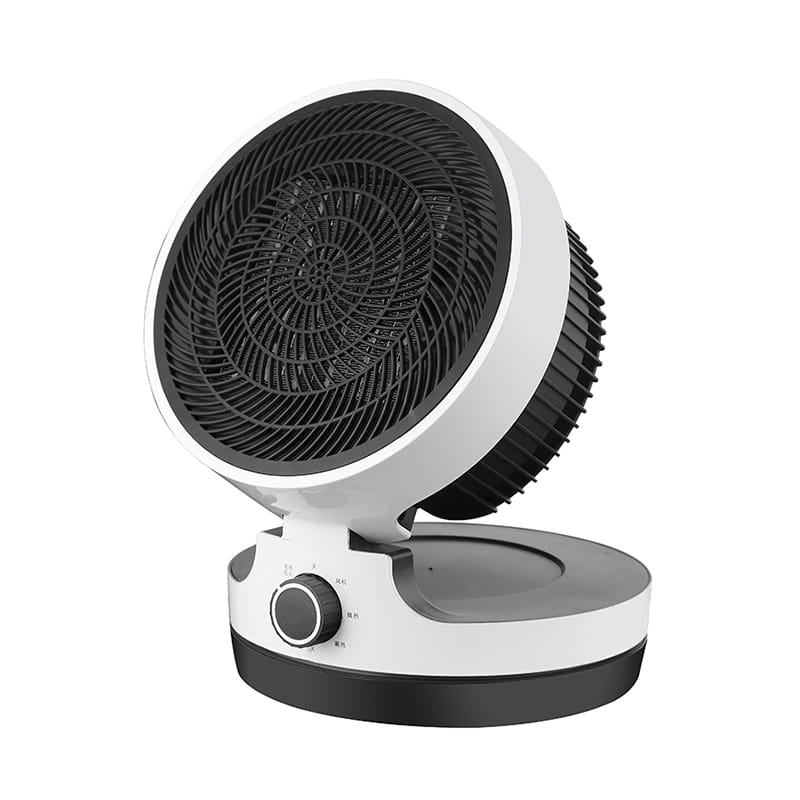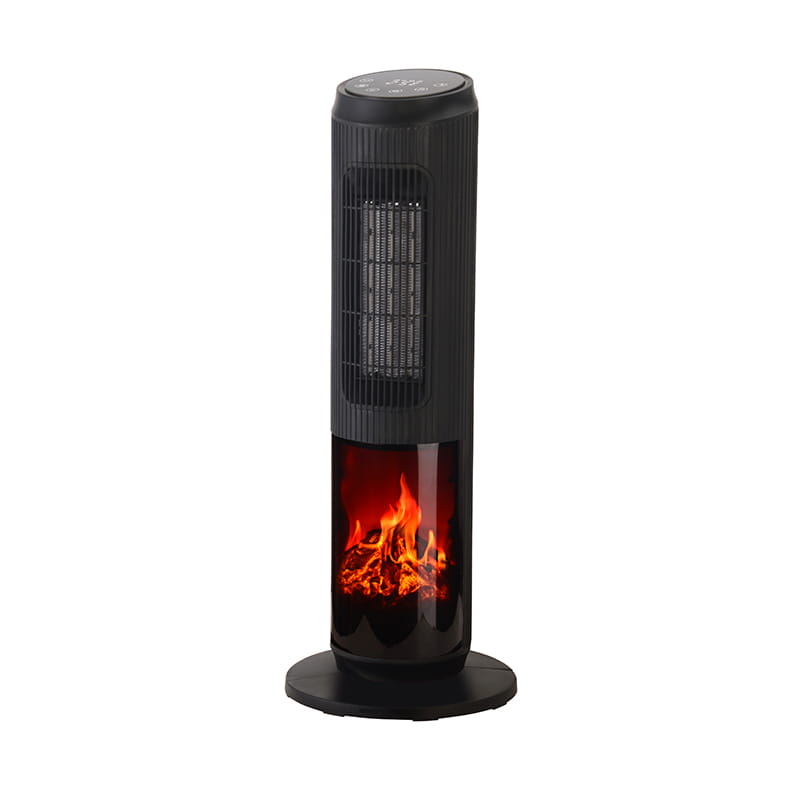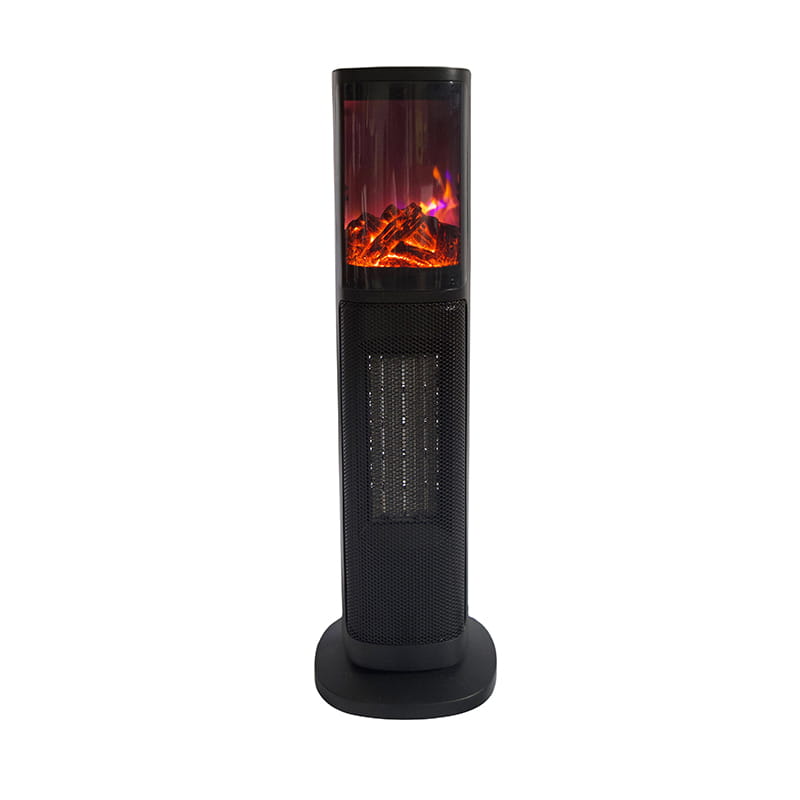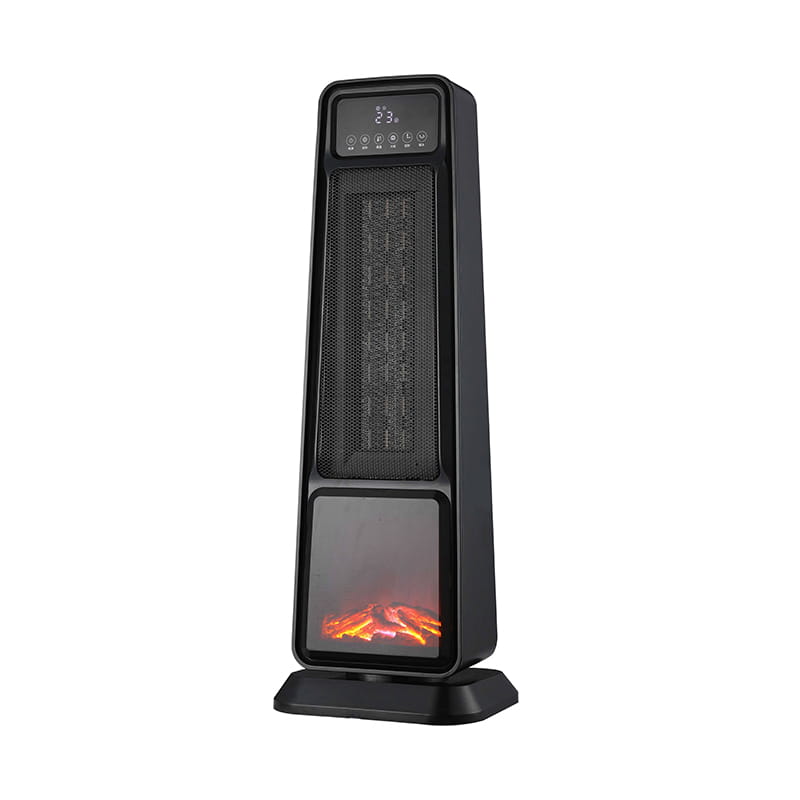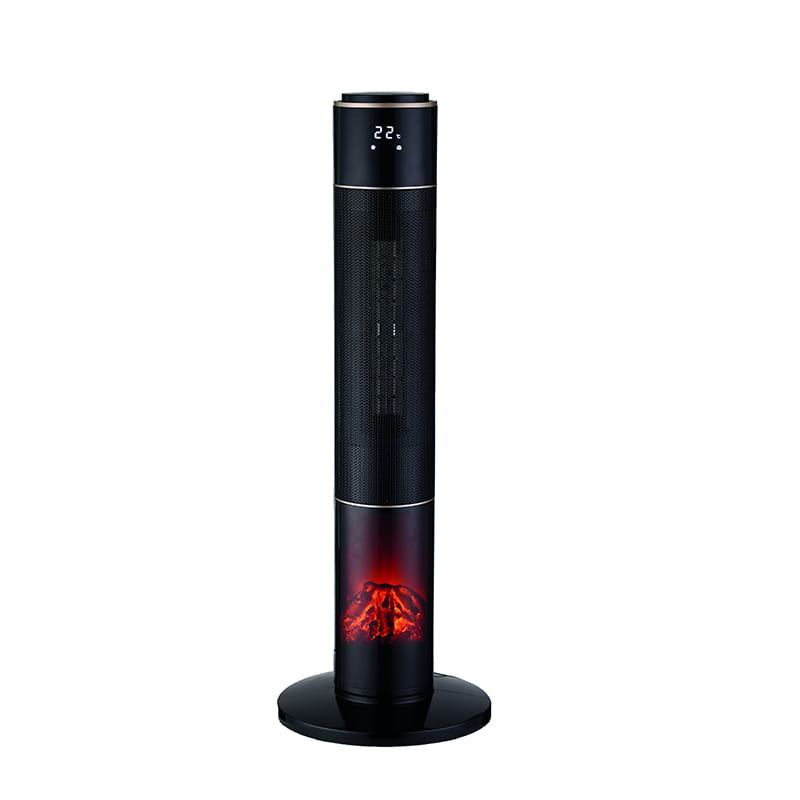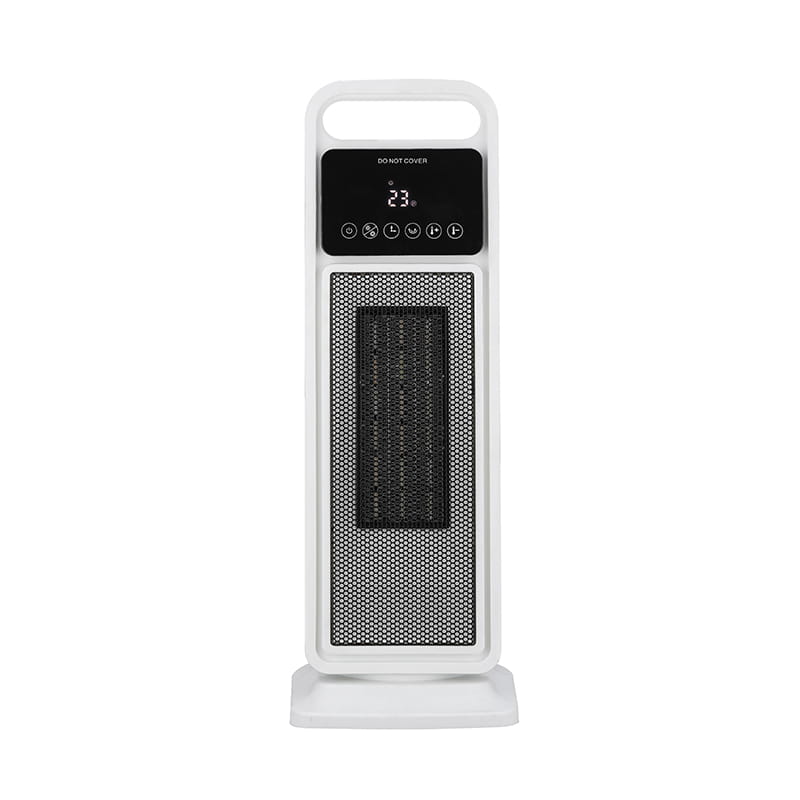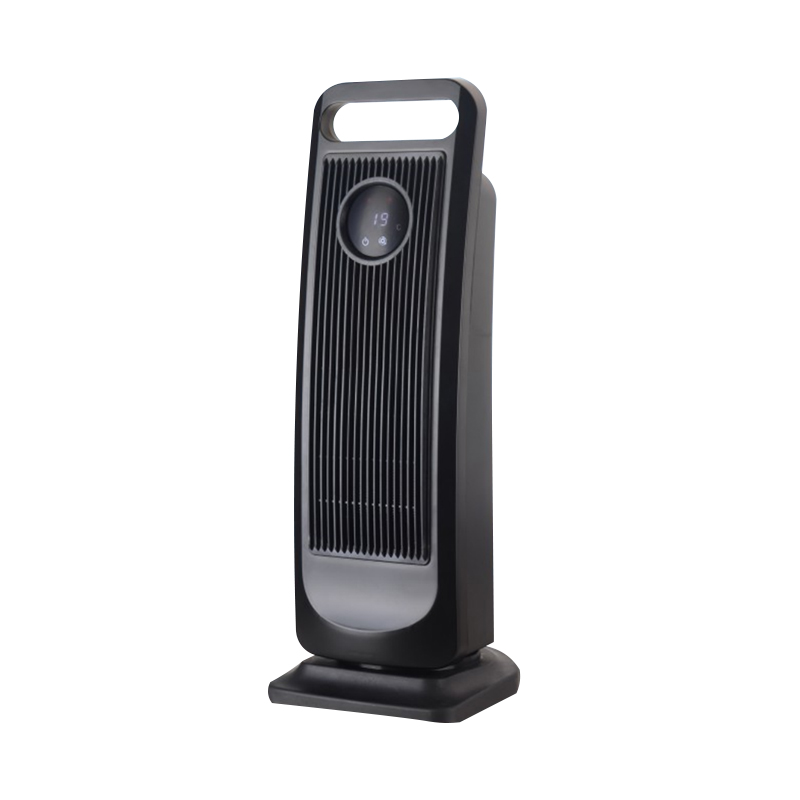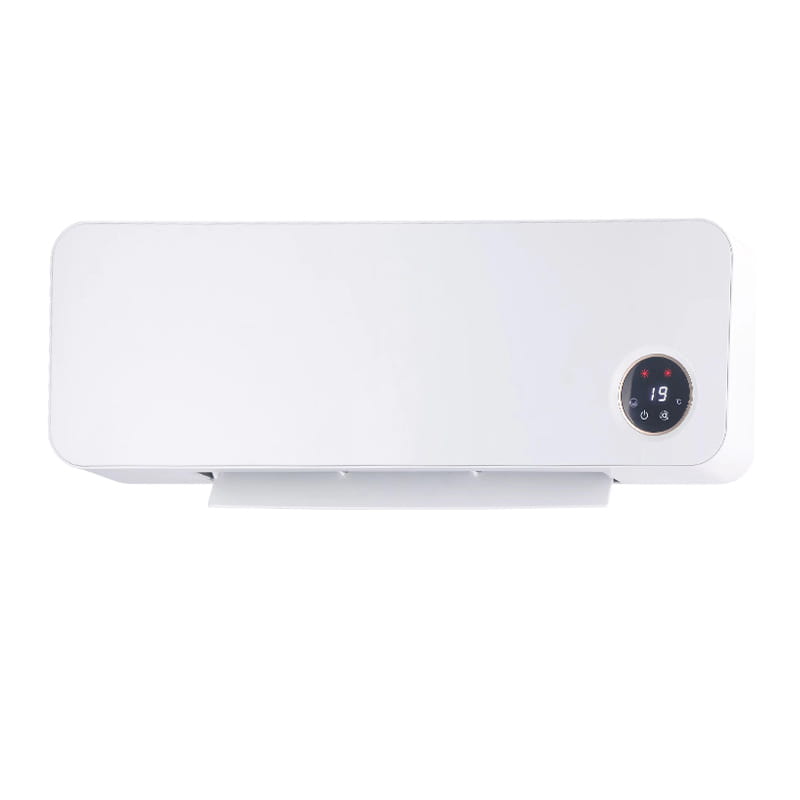What should be noted when using the ice crusher?
1. Operation specifications
When using the ice crusher, it is strictly forbidden to press the ice cubes with your hands or directly touch the blades to prevent cuts. Special tools should be used to press down the ice cubes to ensure a safe distance. If the blade is stuck, immediately turn off the power and unplug the plug, use tools to gently push the ice cubes or clean the ice debris, and do not force it. Before starting the ice crusher, make sure that the ice cubes have been put into the barrel, and then press the handle after the motor is running to avoid forced operation when it is not running, causing the motor to stall. After completing the ice crushing, turn off the power and then clean it up. No-load operation is prohibited.
2. Ice selection and equipment adaptation
The size of the ice cubes should be controlled at about 20mm. If it is too large, the blades will be stuck, and if it is too small, the ice crushing efficiency may be low. Before use, make sure that the ice cubes are free of impurities to prevent the ice cubes from mixing with metal, glass and other hard objects to damage the blades. The feeding should not exceed 2/3 of the barrel capacity each time to prevent overflow or blockage. It is recommended to run the ice crusher at a low speed when starting it, and gradually adjust it to the required speed to avoid instantaneous overload.
3. Cleaning and maintenance
Immediately turn off the power after use, wipe the water stains on the surface of the machine with a dry cloth to prevent the electrical parts from getting wet. When cleaning the blade and barrel, do not use detergents or acidic solutions, only wipe with clean water to prevent contamination or corrosion of metal parts. Check the blade wear regularly, and replace it in time if there is a gap or deformation. Add grease (such as food-grade silicone grease) to the motor bearing every quarter to reduce friction loss
-
Feedback

 English
English Deutsch
Deutsch 中文简体
中文简体
